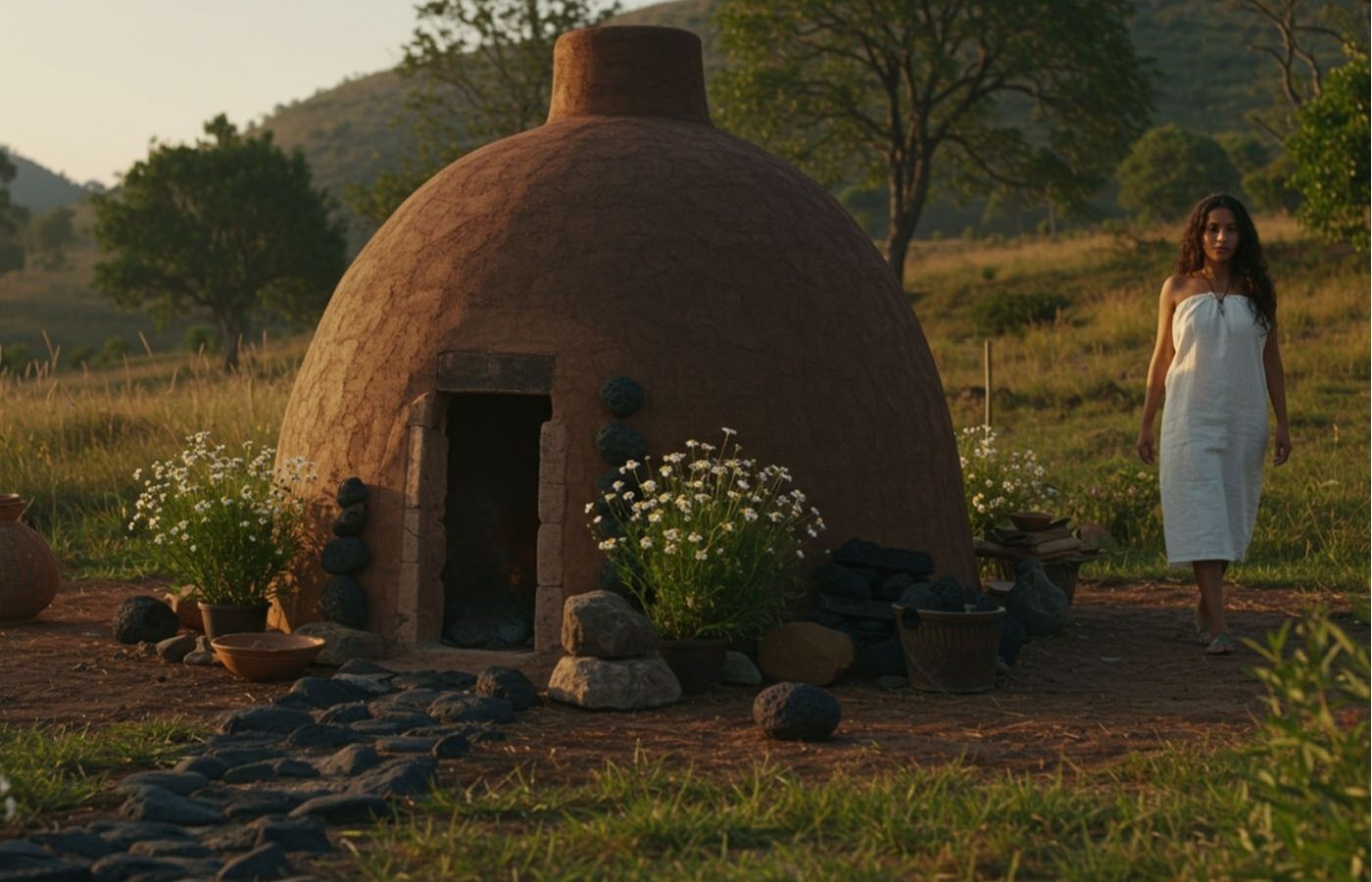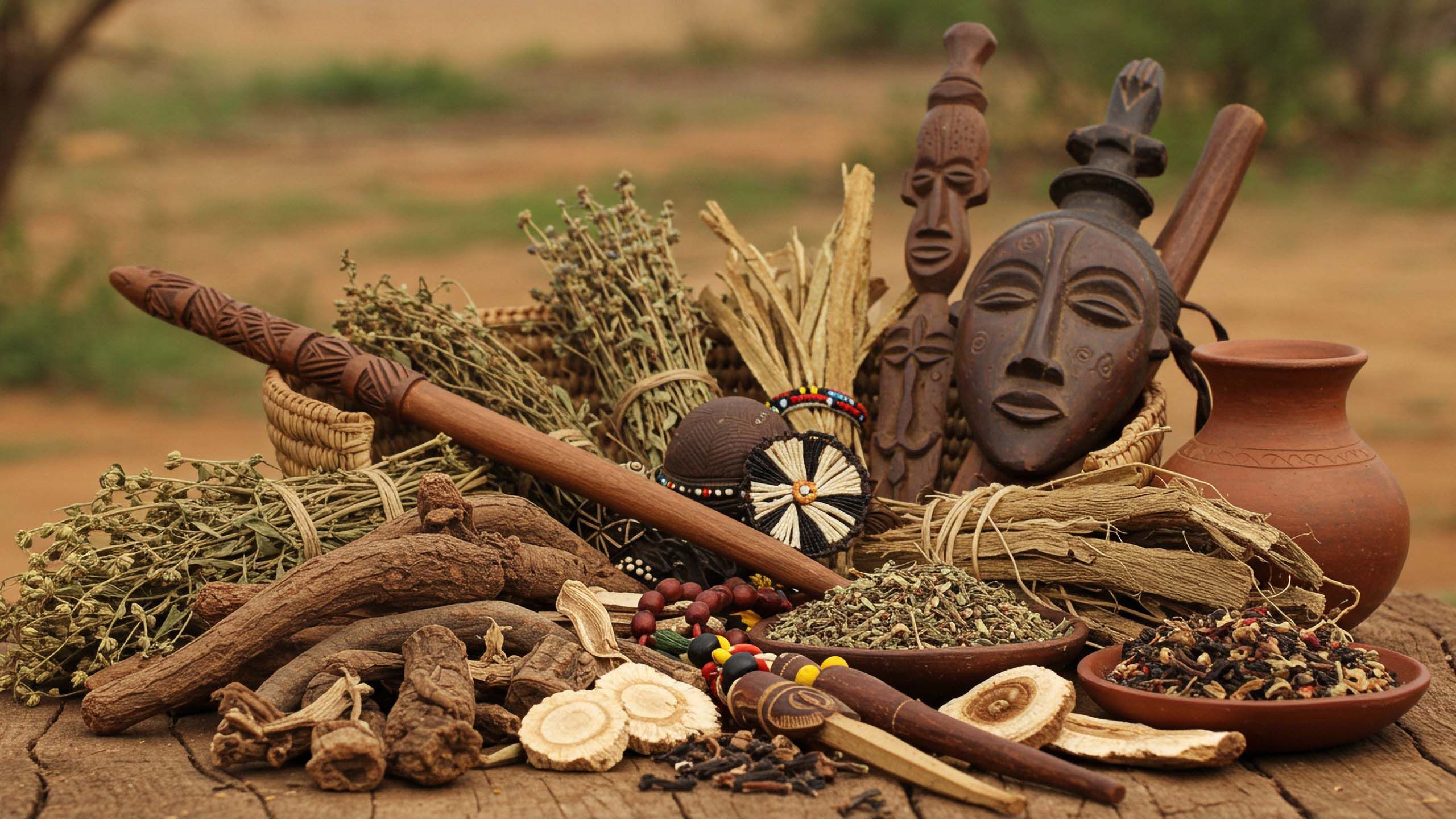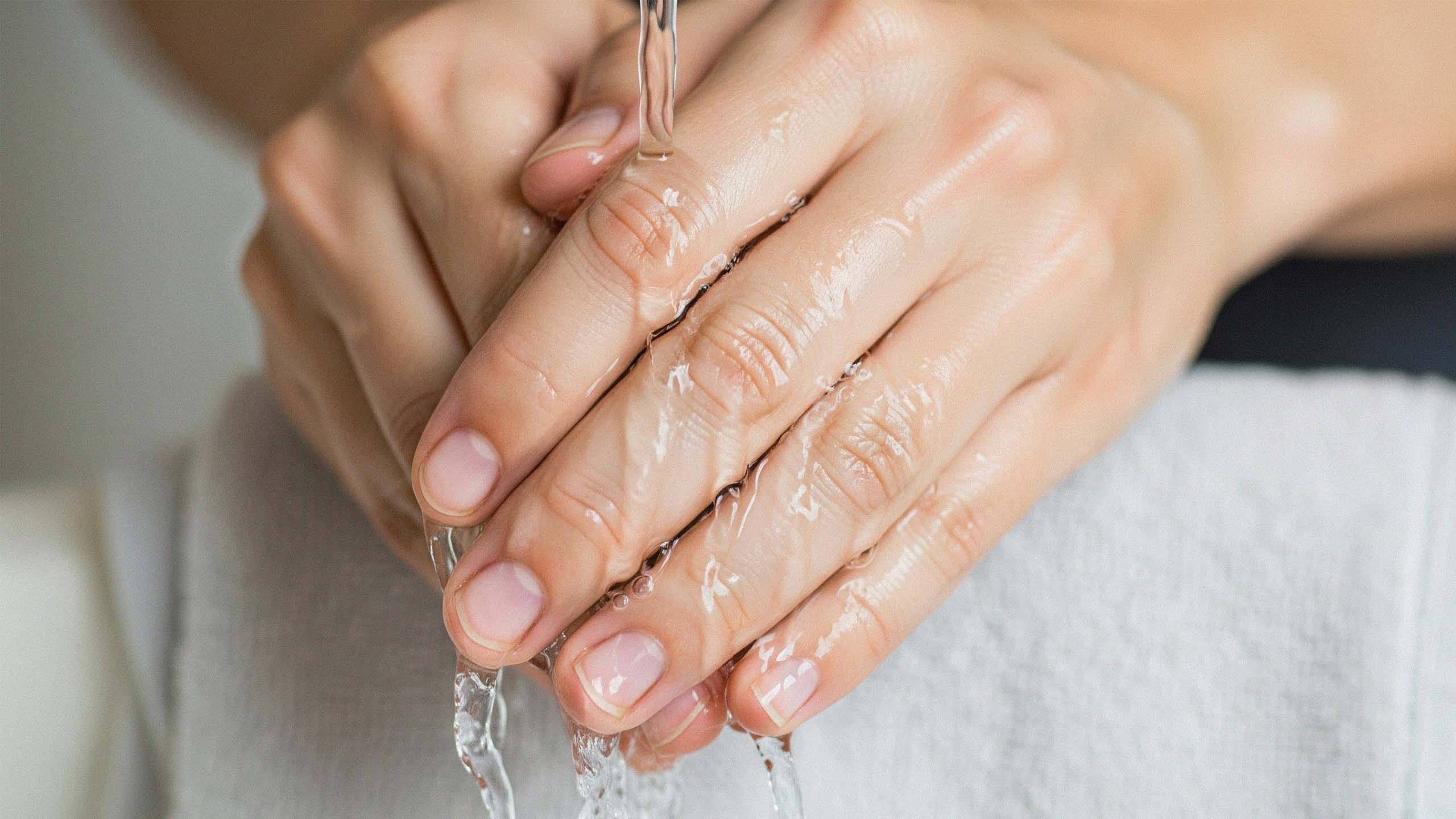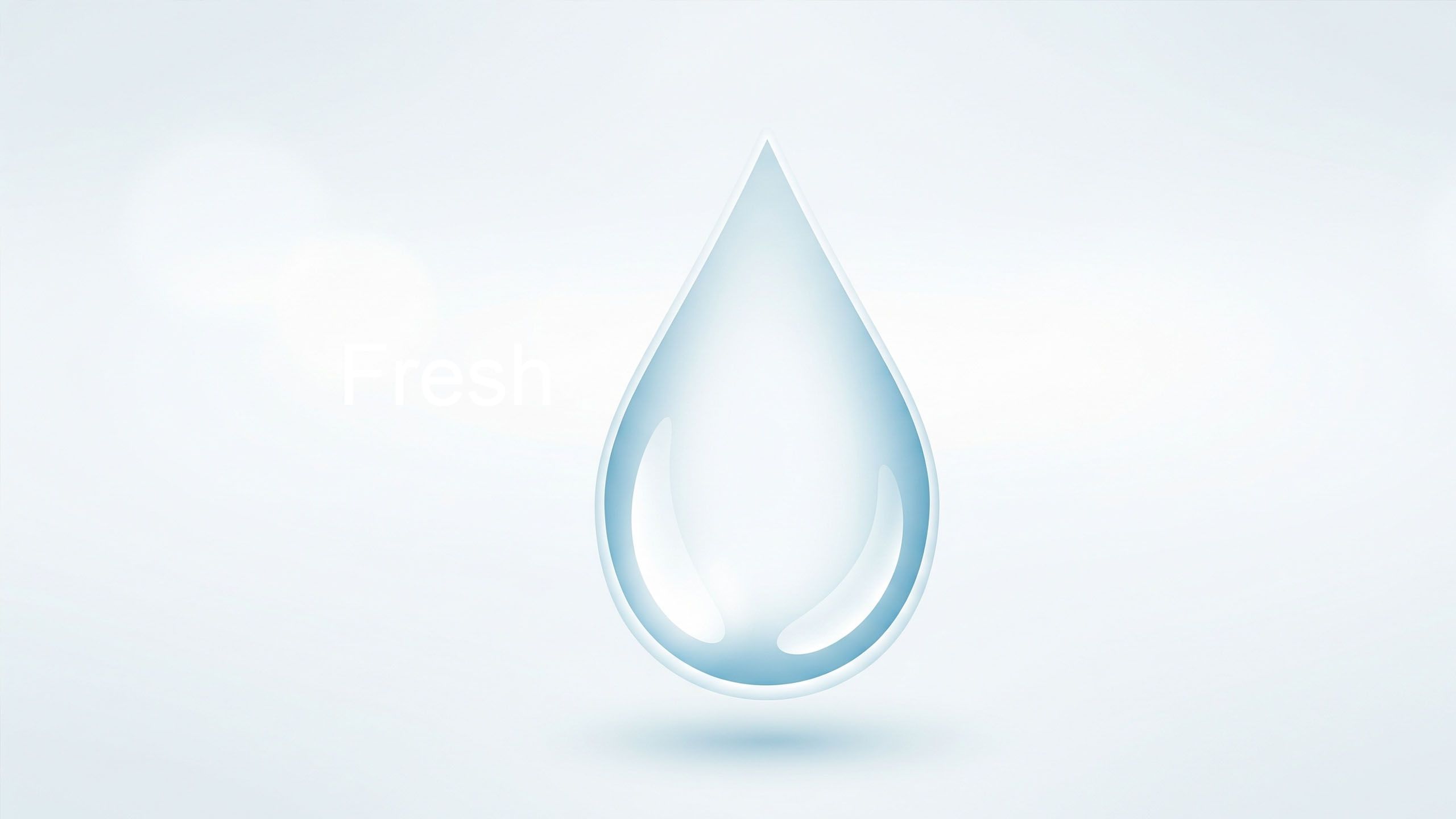Temazcal and Intimate Wellbeing: Ancestral Heat for Modern Care
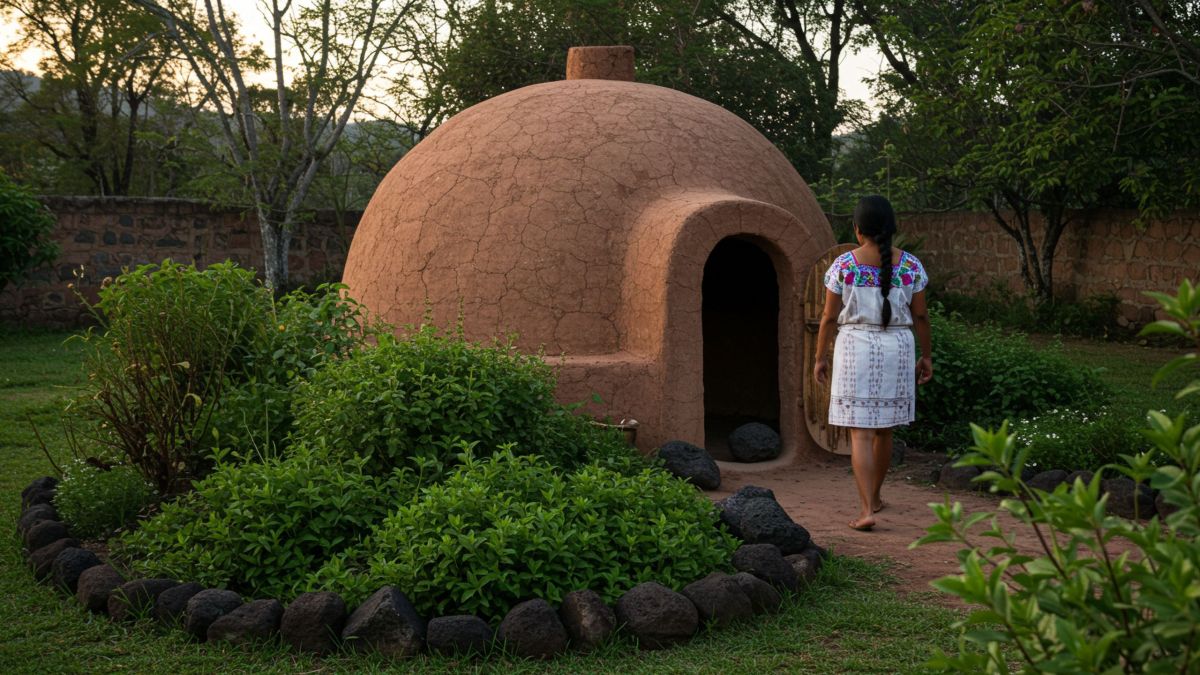
The temazcal, a traditional sweat lodge ceremony with deep roots in Mesoamerican culture, is an experience often described as both spiritual and physical. For centuries, communities in present-day Mexico and Central America have practiced this ritual not only for purification of the body but also for communal bonding and healing. Today, the temazcal is gaining renewed attention as women seek holistic ways to support intimate health, including vaginal care.
Origins and Cultural Grounding
The word temazcal comes from the Nahuatl language—temaz meaning “bath” and calli meaning “house.” These dome-like structures, usually made of volcanic rock, adobe, or natural clay, were once central to village life. They were used after childbirth, during rites of passage, or as restorative sessions after illness. The ritual was guided by a healer, known as a temazcalera or temazcalero, who oversaw the process of heating volcanic stones and pouring medicinal infusions of herbs and water over them to create steam.
While each region developed its own traditions, the symbolic idea remained consistent: the temazcal represented the womb of the earth. Entering it was considered a return to origins, where the body could be cleansed and renewed.
Regional Practices and Modern Adaptations
Temazcales are most prominent in Mexico, particularly in Oaxaca, Puebla, and the Yucatán, but they are also practiced across Central America and have traveled into wellness retreats in the United States and Europe. In rural areas, they remain closely tied to ancestral customs, while in urban spas and wellness resorts, the experience is often reframed through modern health and relaxation narratives.
Though the ritual was traditionally a communal activity, modern adaptations sometimes emphasize women-centered sessions, particularly focused on reproductive and intimate health. In these settings, herbs such as rosemary, basil, calendula, or sage may be chosen specifically for their soothing, antibacterial, or circulatory properties.
Vaginal and Reproductive Benefits
Advocates highlight several ways in which temazcal practice may support vaginal care:
-
Improved Circulation: The steam and heat can increase blood flow to the pelvic area, potentially supporting menstrual comfort and postnatal recovery.
-
Muscle Relaxation: The warmth may ease tension in the lower abdomen, hips, and pelvic floor.
-
Herbal Infusions: When guided by experienced practitioners, herbs traditionally associated with women’s health can add therapeutic qualities to the steam.
-
Stress Reduction: As with other forms of thermal therapy, the overall effect of sweating and focused breathing may help reduce stress, which indirectly influences hormonal and reproductive health.
It is important to note, however, that scientific research on temazcal specifically for vaginal health remains limited. The benefits are often experiential and rooted in traditional knowledge rather than formal medical consensus.
| Herb | Traditional Use |
|---|---|
| Rosemary | Improves circulation, relieves muscle tension |
| Calendula | Soothes irritation, supports skin healing |
| Basil | Traditionally linked to reproductive health |
| Sage | Used for cleansing and balancing |
The Ritual Experience
A temazcal ceremony typically begins with participants entering the small, dome-like lodge. Heated volcanic stones are placed in a central pit, and water infused with herbs is poured over them to create steam. The space grows increasingly warm, encouraging perspiration and opening pores.
The ceremony is structured in “doors” or phases, with breaks where the healer may sing, offer herbal teas, or lead gentle breathing exercises. For women focusing on intimate wellbeing, the environment emphasizes warmth, circulation, and calm—a reminder that care for the body can also be deeply ceremonial.
A Balancing Perspective
While the temazcal can be meaningful for women exploring natural approaches to vaginal care, it is not without considerations. Those with cardiovascular issues, certain infections, or who are pregnant should seek medical advice before participating. Hygiene is also essential—reputable practitioners ensure that herbs are fresh and that the lodge is properly maintained.
The Contemporary Appeal
The temazcal offers something rare: a ritual that connects past and present, personal care and collective tradition. In a world where intimate wellbeing is often medicalized or commercialized, the practice represents a different path—one that values time, heat, natural herbs, and the guidance of tradition.
For women today, the temazcal may not replace conventional care, but it provides a cultural and holistic complement. It reminds us that rituals of warmth and steam, carried across generations, still have a place in conversations about health—especially when they concern the most delicate aspects of the body.
Q&A: Temazcal and Women’s Intimate Health
Is temazcal safe for all women?
Not always. Women who are pregnant, have infections, or cardiovascular conditions should consult a healthcare professional before participating.
How is the temazcal different from a sauna?
While both use heat and steam, the temazcal integrates herbs, ritual guidance, and symbolic meaning, creating a cultural and holistic experience.
Can temazcal replace medical care?
No. It should be considered a complementary practice that may support relaxation and circulation but not a substitute for medical treatment.
What herbs are most commonly used?
Rosemary, calendula, basil, and sage are often included for their traditional associations with circulation, soothing, and cleansing.
Disclaimer: The articles and information provided by the Vagina Institute are for informational and educational purposes only. This content is not intended to be a substitute for professional medical advice, diagnosis, or treatment. Always seek the advice of your physician or another qualified health provider with any questions you may have regarding a medical condition.


 English
English  Deutsch
Deutsch  Español
Español  Français
Français 